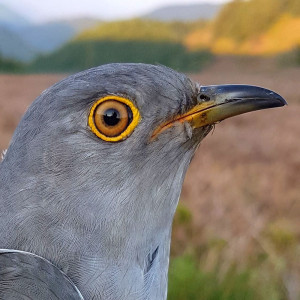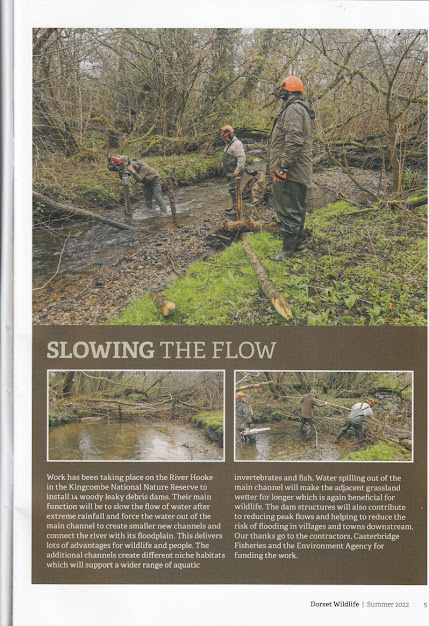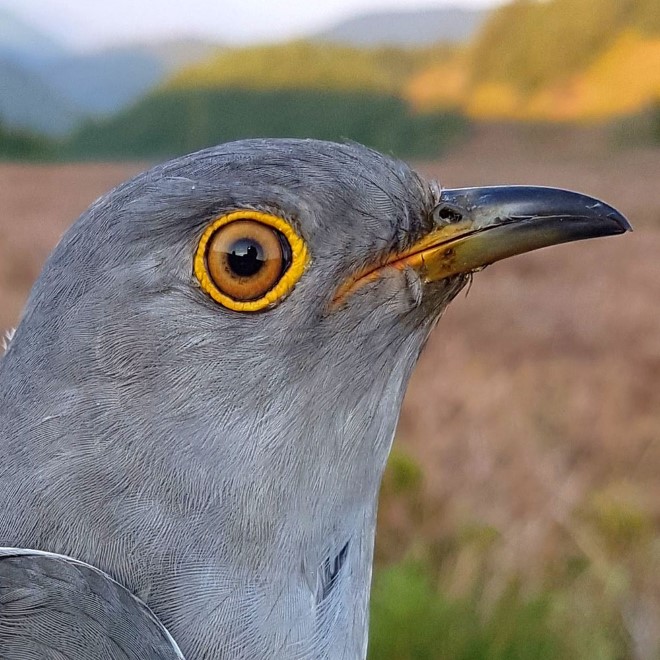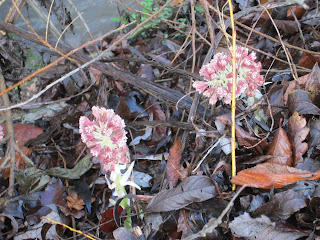The busy Weymouth Road is not the best of places for an afternoon
walk, even on a Sunday when there is little commercial traffic It is
however highly rewarding from the botanical point of view, providing
an agreeable contrast to the South Winterborne as it passes through
the village and has been dredged to a mono-culture of Hemlock
Water Dropwort, the most poisonous plant in the country. Going
downstream from the pumping station the enormous leaves of Butterbur
dominate the bank for some metres, their pink flowers, which are the
first wild flowers to appear in the Spring, are long since over and
gone. Burdock has now developed the hooked seed-heads which
children used to delight in throwing at each other to stick on their
clothing.
All along the stream
banks the long tendrils of Large Bindweed support the
large white trumpets of its flowers, but dominant at the moment along
the length of the stream are the metre high pink flowers of the Great
Hairy Willowherb, rapidly
turning into little white parachutes waiting
for a bit of breeze to disperse them. Here and there the purple
flowers and bright red berries of Woody Nightshade, another
poisonous plant, appear. The nearby Elder is
now bearing its dark red fruits which make it one of our most useful
hedgerow plants, The fruits
make excellent wine or jam, while earlier in the year a couple of
flower heads can be turned into Elderflower champagne. A
few plants of Comfrey
and Lords and
Ladies appear, the latter now
spikes of brilliant red, and poisonous, berries. A
single dried up stem of Hemlock is
still standing, The purple blotches on the stem which identify this
very poisonous plant still show. Definitely
not for peashooters.
Ribwort Plantain
is common all along the stream. This is another plant which children
used to play with as the seed heads can be fired a considerable
distance at ones enemies. The
few Yarrow plants are
rather small. Regarded as a powerful herb since Anglo-Saxon times, it
was used in divination rituals and
as a charm against bad luck, as well as staunching wounds. Water
Mint is a frequent occurrence
all along the valley. A
single plant of the very attractive, but unwanted, Himalayan
Balsam is all that remains of a
once frequent occurrence. The efforts of the Dorset Wildlife Trust to
eradicate it seem to be succeeding. Hedge Woundwort
and Purple Loosestrife and
a single Oxeye Daisy complete
the list.
Away
from the stream a single Pyramidal Orchid
has now flowered and gone over. This was not in the same place as
last year’s specimen which was unfortunately dug up and taken. Now
that that danger has gone perhaps I can show a picture of this
year’s rather small
specimen.Perhaps it didn't like the heat.
 |
Pyramidal Orchid. Photo. John Elliott
|
.JPG)



















